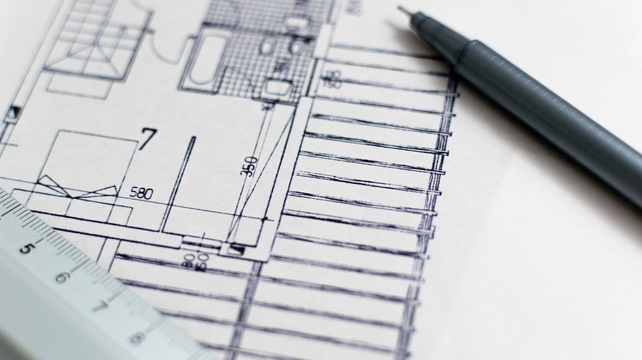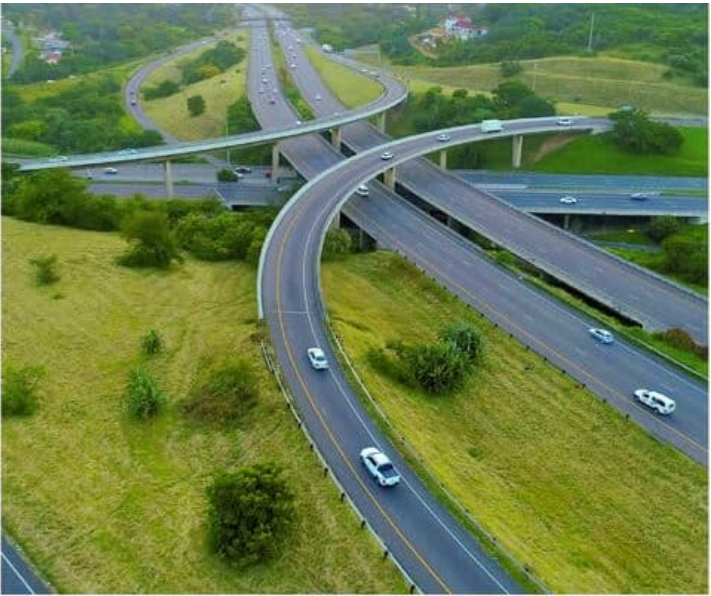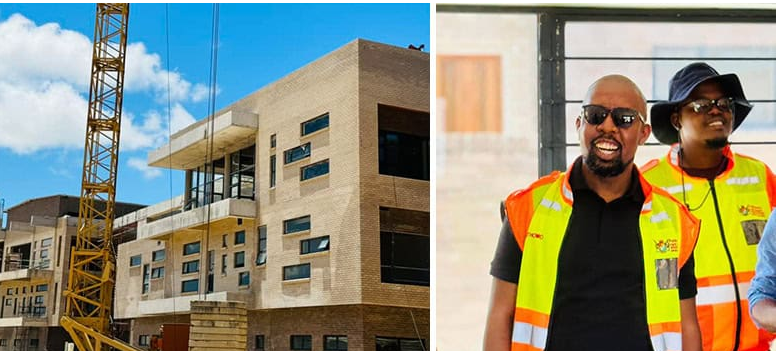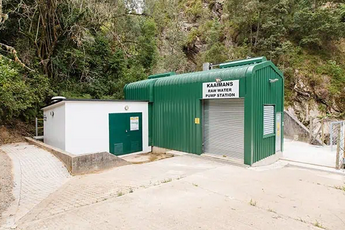More to it than meets the eye: The architectural profession is made up of people with diverse skills

Advertising
21-09-2021
Read : 331 times
IOL
Source
Architecture is more than just the structural design of buildings. Rather, it encompasses wider skills of design and building which ensure the places where we live and work meet both our functional and aesthetic needs.
Within the property sector, there are a number of architectural professions and many of these work hand in hand with the others, creating a blend between outdoors, indoors, sustainability, and visual appeal.
RESIDENTIAL ARCHITECTS
These professionals specialise in the design of homes – either from scratch or through renovations – but their work transcends just what can be seen. In addition to actually designing living spaces they need to take into account zoning laws, environmental factors and structural stability.
They also need to incorporate safety guidelines and building codes in their designs and deal with homes’ plumbing and electrical systems.
Residential architects meet, and develop relationships with, clients in order to give them products they want, and also work with contractors, builders and interior designers to ensure the final product is as envisaged. They are typically involved in a project from conception to completion.
COMMERCIAL ARCHITECTS
These architects specialise in the design of offices, factories, retail buildings, hotels, hospitals and other commercial properties.
Although their work process is similar to that of residential architects when it comes to client liaison, design and project management, these professionals need to also have their finger on the pulse of customers, employees, guests and other end-users of the buildings they are creating.
This is in order to create spaces that are not only functional but enjoyable.
SUSTAINABLE-DESIGN ARCHITECTS
Whether designing homes or commercial properties, sustainable-design architects – also referred to green architects – focus on building design and construction that lessens the impact of urban development on the environment.
The World Commission on Environment and Development defines sustainability as development that meets the needs of the present without compromising the ability of future generations to meet their own needs.
These architects are committed not only to creating buildings that offer environment sustainability, but creating these properties using sustainable materials and practices, and opting for developing them on land that, as far as possible, requires little to no destruction of natural resources.
INDUSTRIAL ARCHITECTS
Industrial architects use their expertise to design spaces where functional requirements are the priority. These architects typically design buildings such as warehouses; factories; storage buildings; distribution and logistics facilities; production and processing plants; power plants; transport hubs and terminals.
Industrial architecture caters for distinct buildings which meet the needs of commerce and industry, integrating the different processes, machinery, equipment and other requirements of a specific industry into a functional building design.
CONSERVATION ARCHITECTS
These provide expert advice for conserving the architectural heritage of buildings and sites, which is increasingly important in a world where spaces are becoming homogenised.
The objectives of conservation architects include retaining the visual identity of buildings and land and adaptively reusing and restoring them.
This is in addition to sustainable building. These professionals draw up plans for conserving or updating buildings and oversee this work. They need to have in-depth knowledge of various architectural periods and styles.
LANDSCAPE ARCHITECTS
Operating in residential, commercial and public spaces, landscape architects create beautiful outdoor spaces by focusing on planning, design and project management. The aesthetic appeal of these spaces is one of their priorities.
Landscape architects analyse land conditions and plan the locations of buildings, roads, walkways, flowers, shrubs and trees within environments.
They also collaborate with environmental scientists, foresters and other professionals to find the best way to conserve or restore natural resources. These professionals create detailed plans indicating new topography, vegetation, walkways and other landscaping details, such as fountains and other decorative features.
URBAN-DESIGN ARCHITECTS
Urban-design architects work with a number of other professionals, such as engineers, other architects and developers, to create spaces that benefit everyone. They also work with local communities in doing so.
Their scope of work includes designing towns and cities; villages; parks and open landscapes. They survey land and buildings, analyse their current use and make recommendations for their future development. These professionals shape the physical setting for life in these spaces.
INTERIOR ARCHITECTS
Not to be confused with interior designers, these architects design and oversee interior construction.
They consider the functionality, safety and appearances of buildings and focus on designs that ensure proper light adjustment, ventilation, aesthetics, and utility of a property’s interior. In comparison, interior designers focus on the furnishing and decoration of an interior.
Picture: Lorenzo Cafaro/Pixabay
Recent News
Here are recent news articles from the Building and Construction Industry.
Have you signed up for your free copy yet?









